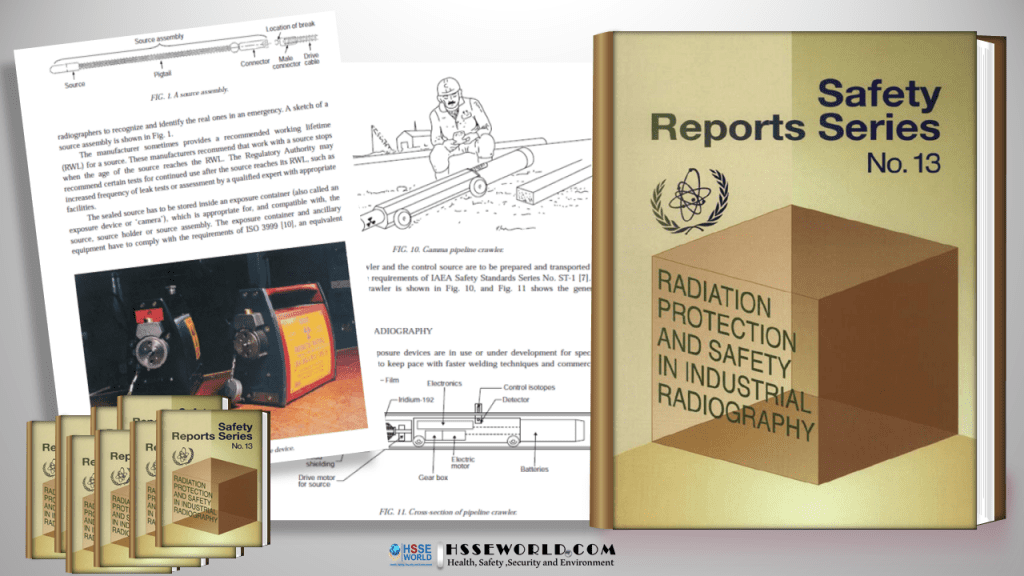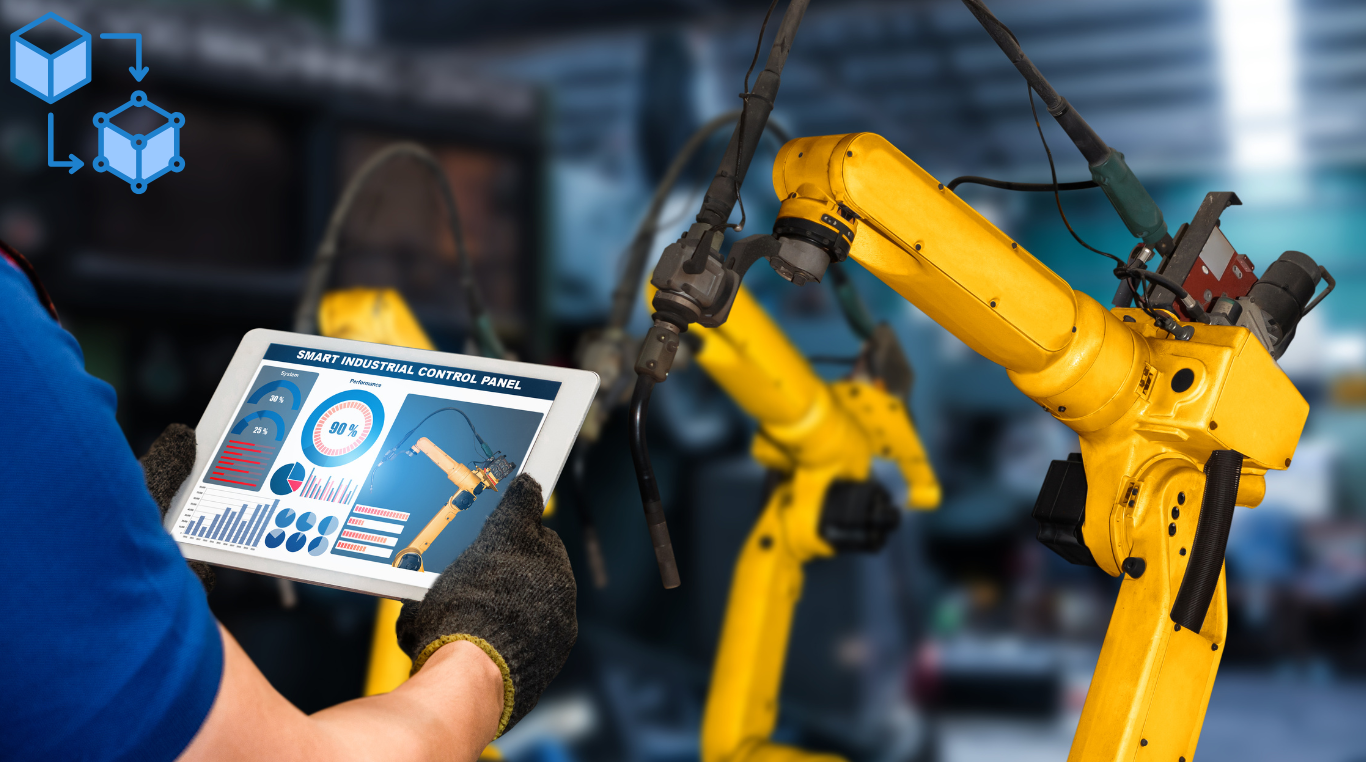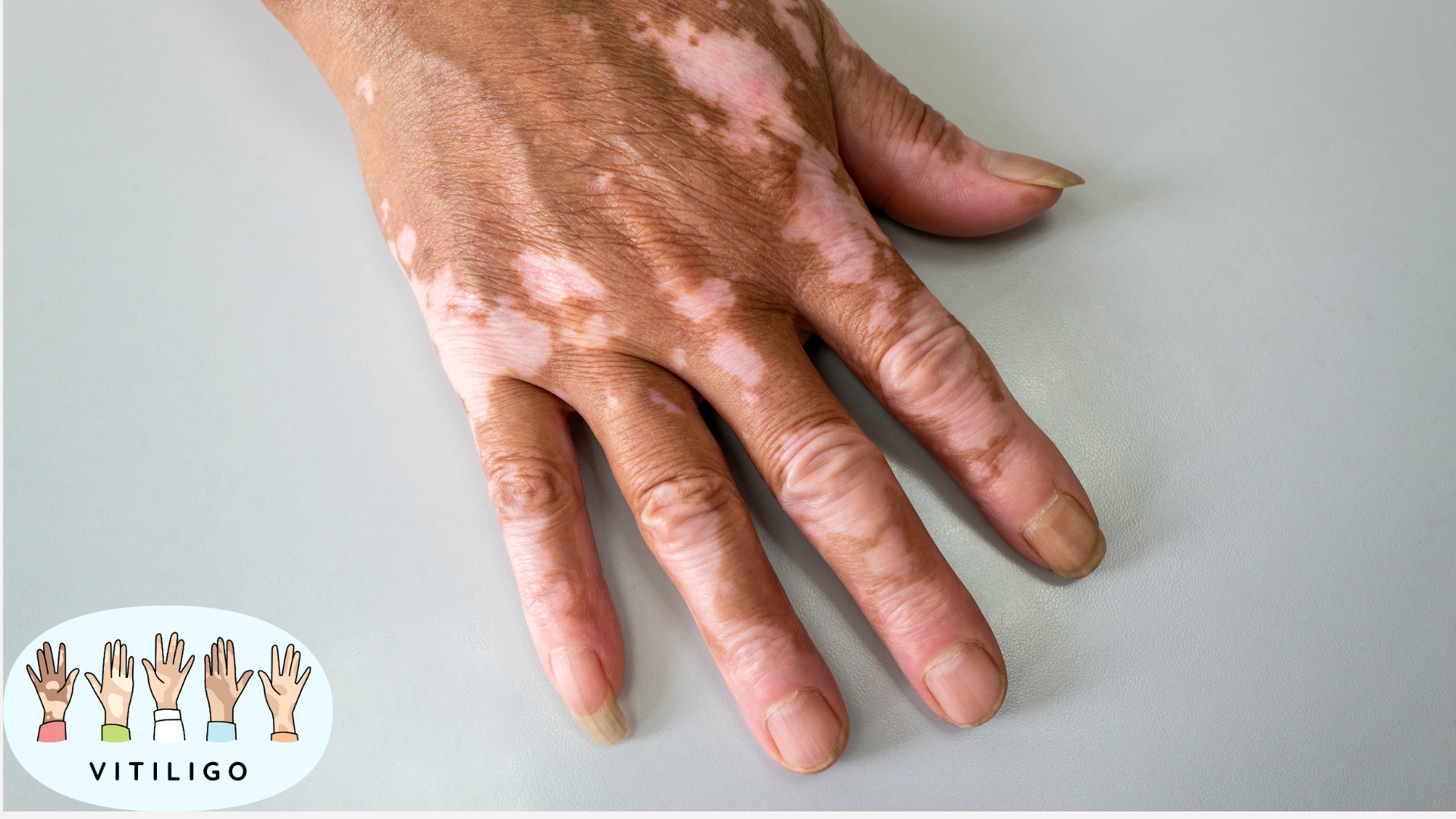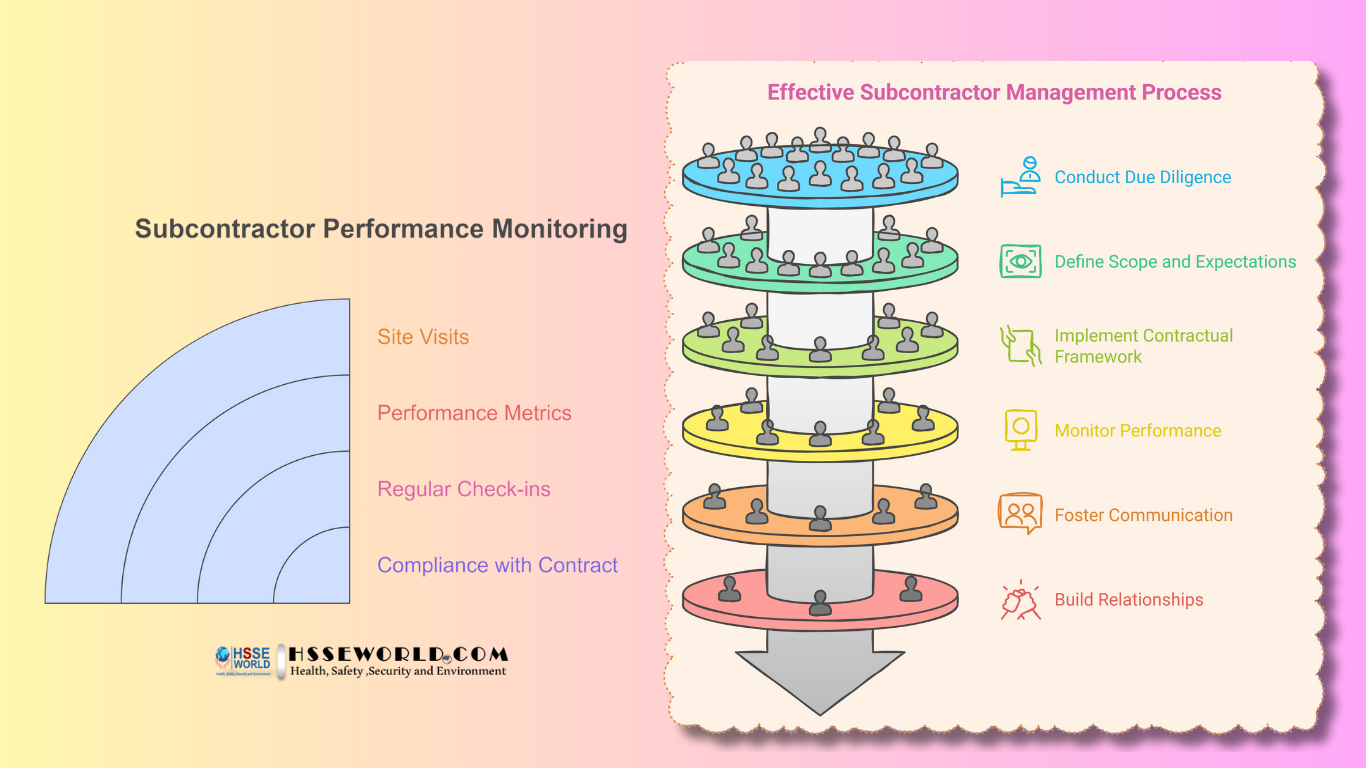E-Books: Radiation Protection and Safety in Industrial Radiography

This Safety Report summarizes the good and current state-of-the-art practices in industrial radiography and provides technical advice on radiation protection and safety. It contains information for Regulatory Authorities, operating organizations,
workers, equipment manufacturers, and client organizations, with the intention of explaining their responsibilities and means to enhance radiation protection and safety in industrial radiography.
The use of ionizing radiation, particularly in medicine and industry, is growing throughout the world, with further expansion likely as technical developments result from the research. One of the longest established applications of ionizing radiation is industrial radiography, which uses both X radiation and gamma radiation to investigate the integrity of equipment and structures. Industrial radiography is widespread in almost all Member States. It is indispensable to the quality assurance required in modern engineering practice and features in the work of multinational companies and small businesses alike.
Industrial radiography is extremely versatile. The equipment required is relatively inexpensive and simple to operate. It may be highly portable and capable of being operated by a single worker in a wide range of different conditions, such as at remote construction sites, offshore locations, and cross-country pipelines as well as in complex fabrication facilities. The associated hazards demand that safe working practices be developed in order to minimize the potential exposure of radiographers and any other persons who may be in the vicinity of the work. The use of shielded
enclosures (fixed facilities), with effective safety devices, significantly reduces any
radiation exposures arising from the work.
The demands and rewards of industrial radiography, the ready availability of the
essential equipment, the wide range of working conditions, and the fact that the techniques employed usually involve the routine manipulation and exposure of powerful gamma-emitting sources and X-ray machines have all been identified as contributory to the likelihood of accidents.

Even in the Member States with highly developed regulatory infrastructures, industrial radiographers, on average, receive radiation doses that exceed those of other occupationally exposed workers, and individual industrial radiographers are the most likely group of workers to receive doses approaching relevant dose limits. Radiation protection and safety in industrial radiography are thus of great importance in both developed and developing countries.

BACKGROUND
Radiography is of vital importance in non-destructive testing. Radiography ensures the integrity of equipment and structures such as vessels, pipes, welded joints, castings, and other devices. The integrity of this equipment affects not only the safety and quality of the products used by workers but also the safety and quality of the environment for workers and the public at large.
The safety record of over 40 years of application of ionizing radiation is very good. In particular, radiography can be performed so as to pose a negligible risk on the public and with sufficiently low occupational radiation exposure so as to pose no undue radiological risk on the workers.
However, experience has also shown examples of bad practices. Radiography produces high dose rates so that a person accidentally exposed to the primary beam or in close contact with an unshielded source might within minutes or even seconds receive a dose that results in injury. Also, contamination can result from corroded or damaged sources. Working under adverse conditions might result in operational situations in which the principle of keeping doses as low as reasonably achievable is compromised or not met. These aspects indicate the need to achieve a high degree of professionalism in radiography, using sources and devices designed to the highest standards, and working in an environment that promotes a safety culture. This can be accomplished by means of an appropriate national and organizational infrastructure, effective training of workers, compliance with safety requirements, and effective quality control, together with good design, manufacture, and maintenance of sources and devices.
Contents
The Contents of Radiation Protection and Safety in Industrial Radiography
- 1. INTRODUCTION . . . . . . . . . . . . . . . . . . . . . . . . . . . . . . . . . . . . . . . . . 1
- 1.1. Background . . . . . . . . . . . . . . . . . . . . . . . . . . . . . . . . . . . . . . . . . . 1
- 1.2. Objective . . . . . . . . . . . . . . . . . . . . . . . . . . . . . . . . . . . . . . . . . . . . 1
- 1.3. Scope . . . . . . . . . . . . . . . . . . . . . . . . . . . . . . . . . . . . . . . . . . . . . . 2
- 1.4. Structure . . . . . . . . . . . . . . . . . . . . . . . . . . . . . . . . . . . . . . . . . . . . 2
- 2. OBJECTIVES OF RADIATION PROTECTION AND SAFETY . . . . . . 2
- 3. ORGANIZATIONAL RESPONSIBILITIES . . . . . . . . . . . . . . . . . . . . . 4
- 3.1. Regulatory Authority . . . . . . . . . . . . . . . . . . . . . . . . . . . . . . . . 4
- 3.2. The operating organization . . . . . . . . . . . . . . . . . . .. . . . 9
- 3.3. Industrial radiographer/worker . . . . . . . . . . . . . . . . . . 16
- 3.4. The manufacturers and suppliers . . . . . . . . . . . . . . . . . . . . 17
- 3.5. The client . . . . . . . . . . . . . . . . . . . . . . . . . . . . . . . . . . . . . . . . . . . 19
- 4. TYPES OF EXPOSURE DEVICES . . . . . . . . . . . . . . . . . . . . . . . . . . . . 20
- 4.1. Gamma radiography sources and containers . . . . . . . . . . . 20
- 4.2. X ray radiography equipment . . . . . . . . . . . . . . . . . . . . . . . . 27
- 4.3. Accelerators . . . . . . . . . . . . . . . . . . . . . . . . . . . . . . . . . . . . . . . . . 29
- 4.4. Underwater radiography equipment . . . . . . . . . . . . . . . . . . . 29
- 4.5. Pipe crawler equipment . . . . . . . . . . . . . . . . . . . . . . . . . . . . . 30
- 4.6. Real time radiography . . . . . . . . . . . . . . . . . . . . . . . . . . . . 31
- 4.7. Neutron radiography . . . . . . . . . . . . . . . .. . . . . . . . . . . . . . 32
- 5. DESIGN AND USE OF SHIELDED ENCLOSURES (FIXED FACILITIES) . . . . . . . . . . . . . . . . . . . . . . . . . . . . . . . . 33
- 5.1. Enclosure design and use . . . . . . . . . . . . . .. . . . . . . . . . . 33
- 5.2. Shielding design for a shielded enclosure . . . . . .. . . . . . . . . 34
- 5.3. Control of exposure in shielded enclosures . . . . . . . . . . . 36
- 5.4. Operating procedures for shielded enclosures . . . .. . . . . . 37
- 6. SITE RADIOGRAPHY PROCEDURES . . . . . . . . . . . . . . . . . . . . . . . . 38
- 6.1. Boundary of controlled area . . . . . . . . . . . . . . . . . . . . . . . 38
- 6.2. Shielding . . . . . . . . . . . . . . . . . . . . . . . . . . . . . . . . . . . . . . . 40
- 6.3. Administrative arrangements . . . . . . . . .. . . . . . . . . . . . 40
- 6.4. Monitoring . . . . . . . . . . . . . . . . . . . . . . . . . . . . . . . . . . . . . . . . . . 41
- 6.5. Additional precautions for gamma radiography . . . .. . . . 42
- 6.6. Additional precautions for X radiography including use of
- accelerators . . . . . . . . . . . . . . . . . . . . . . . . . . . . . . . . . . .. . . . 43
- 6.7. Additional precautions for underwater radiography . . . . . 44
- 6.8. Additional precautions for pipeline crawlers . . . 45
- 7. STORAGE, MOVEMENT, AND TRANSPORT OF RADIOGRAPHIC SOURCES AND EXPOSURE DEVICES . . . . . . . . . . . . . . . . . . . . . . . 46
- 7.1. Storage of sources . . . . . . . . . . . . . . . . . . . . . . . . . . . . . . . . . . . . . 46
- 7.2. Movement and transport of sources . . . . . .. . . . . . . . . . . . . 46
- 8. EMERGENCY RESPONSE PLANNING . . . . . . . . . . . . . . . . . . . . . . . 47
- 8.1. Emergencies resulting in exposures . . . . . . . . . . . . . . . . 48
- 8.2. Emergency planning and preparedness . . . . . . . . . . . . . . . 48
- 8.3. Specific emergency procedures . . . . . . . . . . . . . . . . . . . . . . . 52
- 8.4. Accident notification and report . . . . . . . . . . . . . . . . . . 55
- REFERENCES . . . . . . . . . . . . . . . . . . . . . . . . . . . . . . . . . . . . . 57
- GLOSSARY . . . . . . . . . . . . . . . . . . . . . . . . . . . . . . . . . . . . . . 59
- CONTRIBUTORS TO DRAFTING AND REVIEW . . . . . . . . . . . . 61
Download the book
Radiation Protection and Safety in Industrial Radiography
More Downloads
- E-Books: Healthcare Hazard Control & Safety Management
- E-Books: Safety, Health and Working Conditions Training Manual
- E-Books: Energy Efficiency in Water and Wastewater Facilities
- E-Books: Fire Service Features of Buildings and Fire Protection Systems
- E-Books: Evaluation of Fire Safety free download
- E-Books: PPE for Chemical, Biological, and Radiological Hazards free
- E-Books: Changing the Workplace Safety Culture free download
- E-Books: Site Emergency Planning Workbook
- E-Books: Load Restraint Guide
- E-Books: Essential Practices for Creating, Strengthening, and Sustaining Process Safety Culture
- E-Books: System Safety Engineering and Risk Assessment
- E-Books: Permit-Required Confined Spaces
- E-Books: Is it Safe to Enter Confined Space?
- E-Books: 5-Minute Workplace Safety Talks
- E-Books: Safety Culture and High-Risk Environments
- E-Books: Practical Guide to Industrial Safety
- E-Books: Slip, Trip, and Fall Prevention for Healthcare Workers
- E-Books: Health and Safety at Work Key Terms
- E-Books: Fundamentals of Process Safety Engineering
- E-Books: Gas Detection Hand Book
- E-Books: Occupational health and safety management systems ANSI-AIHA-z10-2012
- E-Books: Hot Work on Drums and Tanks
- E-Books: Human Fatigue Risk Management
- E-Books: Guidelines for the provision of facilities and general safety in the construction industry
- E-Books: Handbook of Training in Mine Rescue and Recovery Operations ( 2021)
- E-Books: Code of Practice for the Safe Use of Lifting Equipment – Edition 9 (Nov 2019)
- E-Books: Free Forklift Health and Safety Best Practices Guideline
- E-Books: Handbook of Hazardous Chemical Properties
- E-Books: Human Performance Improvement through Human Error Prevention
- E-Books: Principles Of Fire Risk Assessment In Buildings
- E-Books: Investigation of Occupational Accidents and Diseases
- E-Books: Radiation Protection and Safety in Industrial Radiography
- E-Books: Basic Guide to System Safety, Third Edition
- E-Books: Food Safety Management-A Practical Guide for the Food Industry
- E-Books: Safety identification: Escape and evacuation plan signs- ISO 23601
- E-Books: Safety at Work
- E-Books: The Safety-Critical Systems Handbook 4th edition
- E-Books: Fundamental principles of occupational health and safety
- E-Books: Fire Safety Risk assessment Guide – Sleeping Accommodation
- E-Books: Mental health at work series
- E-Books: Live Fire Training: Principles and Practice
- E-Books: Pre-Startup Safety Review Guide
- E-Books: Fire and Emergency Drill Manual and Building Inspection Guide
- E-Books: Health and Safety: Risk Management 5th edition
- E-Books: Fire Protection systems -Third edition 2021
- E-Books: Fire Safety Logbook templates
- E-Books: From Accidents to Zero
- E-Books: Electric Safety Practice and Standards
- Your steps to chemical safety
- E-Books: Ergonomics and Psychology Developments in Theory and Practice
- E-Books: HAZOPS Should BE fun-The Stream-Based HAZOP
- E-Books: Safety Health and Environmental Auditing
- E-Books: A Quick Guide to Health and Safety
- E-Books: Occupational Ergonomics A Practical Approach
- E-Books: Job Hazard Analysis A Guide for Voluntary Compliance and Beyond
- E-Books: Electrical Safety of Low Voltage Systems














